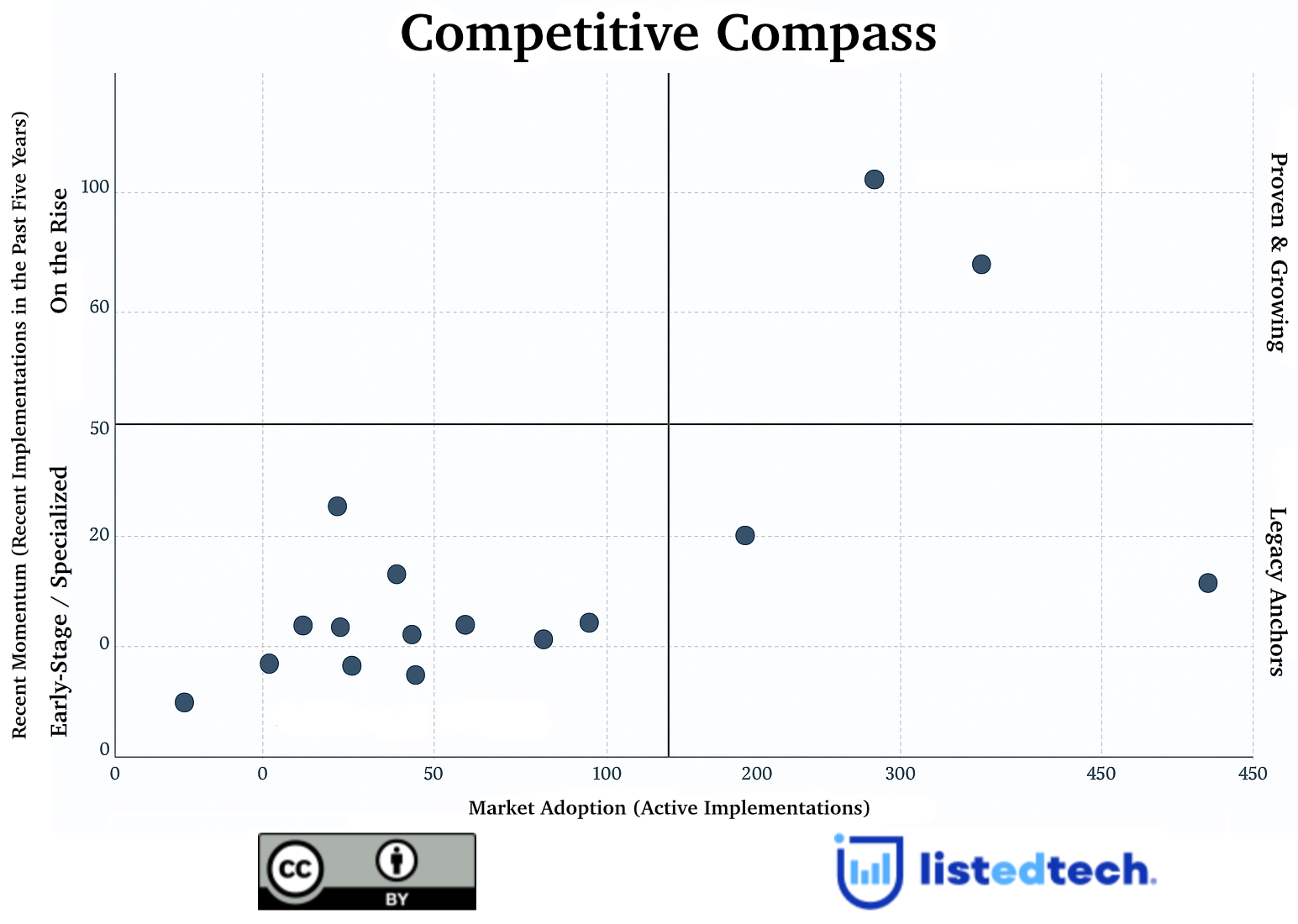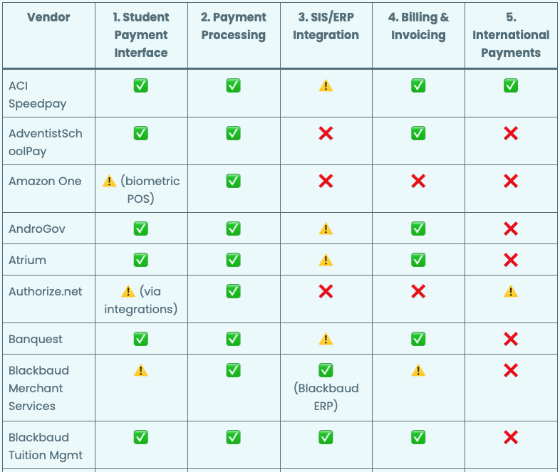ListEdTech delivers cutting-edge, global insights into education technology trends. It provides detailed data on technology adoption, vendor market share, and institutional profiles, empowering institutions and EdTech companies to see competitors, uncover opportunities, and make strategic decisions.
Can't find the answer to your question?
Contact us-
What makes ListEdTech unique?
-
How does ListEdTech get its data?
We divide our work into four distinct stages:
-
- We continuously scan publicly available data to retrieve new IT system implementations in education. We gather our information from university and company websites, social media accounts, and press releases. We also review requests for proposals, contracts, board approvals and other legal documents to amass more data.
-
- Each day, we review over 25,000 new alerts. Compiled in a central database, this information is initially filtered using machine learning algorithms to remove useless information. Then, our team of over 20 full-time employees manually looks at the information to add new product lines or modify existing lines to enrich our database.
-
- Each month, our data quality experts test 1,000+ database entries to ensure that our information is accurate.
- Each year, we perform a thorough database review to ensure that the institutions are still using the identified systems. We are proud to say that our 300,000+ data lines (comprising more than 3,500,000 data points) are accurate and verified yearly.
-
-
Why can clients count on our data?
ListEdTech offers meticulously researched, up-to-date data from a variety of public sources. Our rigorous validation ensures accuracy and depth in insights on tech stacks, competitors, and trends, providing clients with actionable, reliable information for confident strategic decisions and business growth.
-
What information does ListEdTech gather?
Since our inception in 2014, we have focused our data collection on IT systems used in education. Our dataset includes:
-
- Information on 81,000+ institutions (degree type, public or private, enrollment) from all continents.
-
- Details on 2,200+ edtech companies (mergers, partnerships as well as their company information) and their 4,300+ products (acquisitions, contracts with institutions, active customers).
-
- We try to identify whether each implementation is a primary or a secondary system and the implementation and decommission dates.
Our team controls for bias and regularly updates, reviews, and validates the data at the source to help organize, sort, and classify more than 3.3 million values.
Though we cannot guarantee an accurate market representation, our methods prevent the over-representation of any solution.
-
-
What regions does ListEdTech cover?
ListEdTech has the ambitious goal to have data across the globe.
We have data for all world regions, although we have more data for some of them:
- North America +++
- South America +
- Europe ++
- Africa +
- Asia +
- Oceania ++
If you have a project for which you need data on a specific region, let us know your needs so we can help you attain your objectives.
-
How can companies and institutions access ListEdTech's database?
Since 2021, ListEdTech offers a data portal in which you can get:
- Latest current and historical market trends on more than 25 product categories;
- Implementation and decommission data;
- Implementation data for 80,000+ institutions in our database; and
- Detailed market info on over 4,300 products.
In addition to the data portal, companies can purchase data lines at a competitive price.
-
How much does it cost to access ListEdTech data?
The data portal is offered to companies and institutions. Several plans are available based on your needs. For institutions, we offer Standard and Premium packages while the packages we offer to companies are Basic, K-12, HigherEd, and Full.
-
Is there a difference between ListEdTech and ListofTech?
Nope, they’re both us! ListEdTech is our official name, but whether you spell it Listed Tech, LisTech, or even Listetdch, we’ll still help you get the edtech data you need!


